Detroit River Watershed and Great Lakes Waters Health
Objective B4: Improve the Health of the Detroit River Watershed and Great Lakes Waters
The following actions are needed to complete this objective:
- Work to protect and preserve all remaining natural shorelines.
- Continue to educate residents on the hazards of flushable wipes, oil, litter and chemical disposal down drains and sewers. Promote awareness of:
- The City’s Household Chemical Waste (HCW) Depot and Reuse Centre
- The importance of downspout disconnection
- The City’s two wastewater treatment plants
- Support the Essex Region Conservation Authority's ongoing watershed monitoring programs and their restoration program, so that naturalization and tree planting in the Detroit River Watershed remains a priority.
- Support the bi-national Remedial Action Plan (RAP) to restore the Detroit River.
- Consider partnering with the following groups for source water protection and monitoring:
- Environment and Climate Change Canada/Ontario Ministry of Environment and Climate Change
- Detroit River Canadian Cleanup (DRCC)
- Great Lakes Institute for Environmental Research (GLIER)
- Little River Enhancement Group (Lil’Reg)
- Friends of Turkey Creek
- Continue Windsor’s Involvement in the Yellow Fish Road program
- Advocate for Windsor’s local water quality issues at the regional, provincial, and federal levels in the United States and Canada.
- Liaise with the Ministry of Environment and Climate Change to increase environmental testing and compliance within the city.
- Identify sources of plastics and microplastics in the Detroit River and identify strategies to reduce those sources.
- Implement the Source Water Protection Plan.
These indicators show the progress the City is making to achieve this objective:
- Detroit River Beneficial Use Impairments
- Average total phosphorous concentrations in Little River and Turkey Creek
Detroit River Quality Indicator
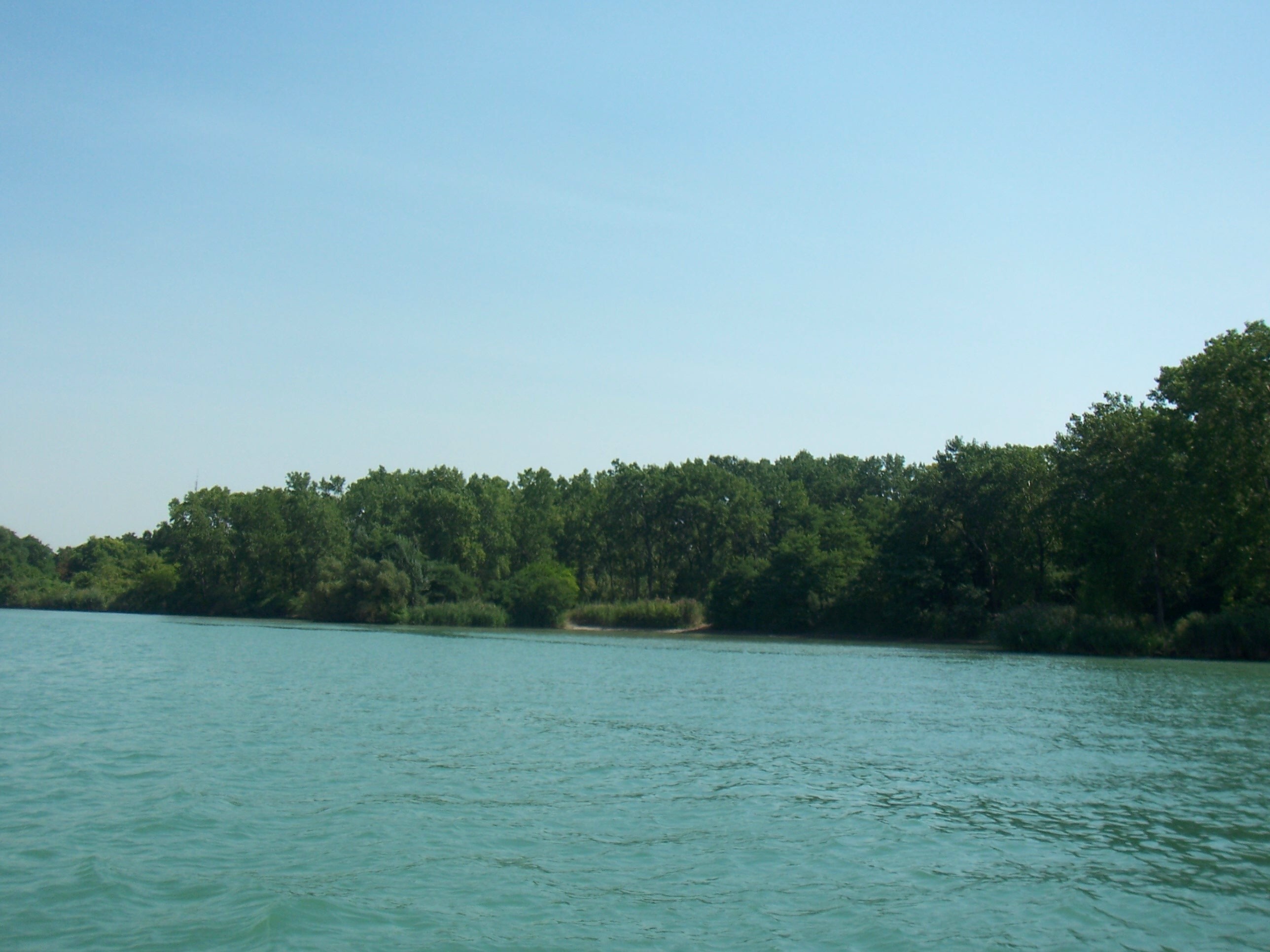
Canada and the United States signed the Great Lakes Water Quality Agreement in 1972 to address environmental issues in the Great Lakes region. In 1987, the two countries designated 43 areas of concern, 26 in the U.S., 12 in Canada and five shared by both countries (including the Detroit River).
The Detroit River Canadian Cleanup (DRCC) was formed in 1998, and in keeping with the objectives and the intent of the Canada-United States Great Lakes Water Quality Agreement, the purpose of the DRCC is to clean up, enhance, and sustain the ecosystem of the Detroit River and its watersheds (River Canard, Turkey Creek and Little River). As such, the key goal of the effort is to have the Detroit River permanently de-listed, or removed from the international list of Areas of Concern.
How are we doing?
The Detroit River Canadian Cleanup monitors and reports on beneficial use impairments (BUIs). In order to delist the Detroit River as an area of concern, the beneficial use impairments must be remediated to a level that it is no longer considered impaired.
| Beneficial Use Impairment | 2008 Status | 2019 Status | 2022 Status |
|---|---|---|---|
| Restrictions on fish and wildlife consumption | Impaired (fish) | Impaired (fish) | Impaired (fish) |
| Tainting of fish and wildlife flavour | Unknown | Not Impaired | Not Impaired |
| Degradation of fish and wildlife populations | Impaired | Impaired | Impaired |
| Fish tumours or other deformities | Impaired | Proposed not impaired | Not Impaired |
| Bird or animal deformities or reproductive problems | Impaired | Impaired | Impaired |
| Degradation of benthos | Impaired | Proposed not impaired | Not Impaired |
| Restrictions on dredging activities | Impaired | Not Impaired | Not Impaired |
| Eutrophication or undesirable algae | Not impaired | Not impaired | Not Impaired |
| Restrictions on drinking water consumption, or taste and odour problems | Not impaired | Not impaired | Not Impaired |
| Beach closings | Impaired | Not impaired | Not Impaired |
| Degradation of aesthetics | Impaired | Not impaired | Not Impaired |
| Added costs to agriculture or industry | Impaired | Not Impaired | Not Impaired |
| Degradation of phytoplankton and zooplankton populations | Unknown | Requires further assessment | Not Impaired |
| Loss of fish and wildlife habitat | Impaired | Impaired | Impaired |
What is the City of Windsor doing with its various partners to help remediate the Detroit River?
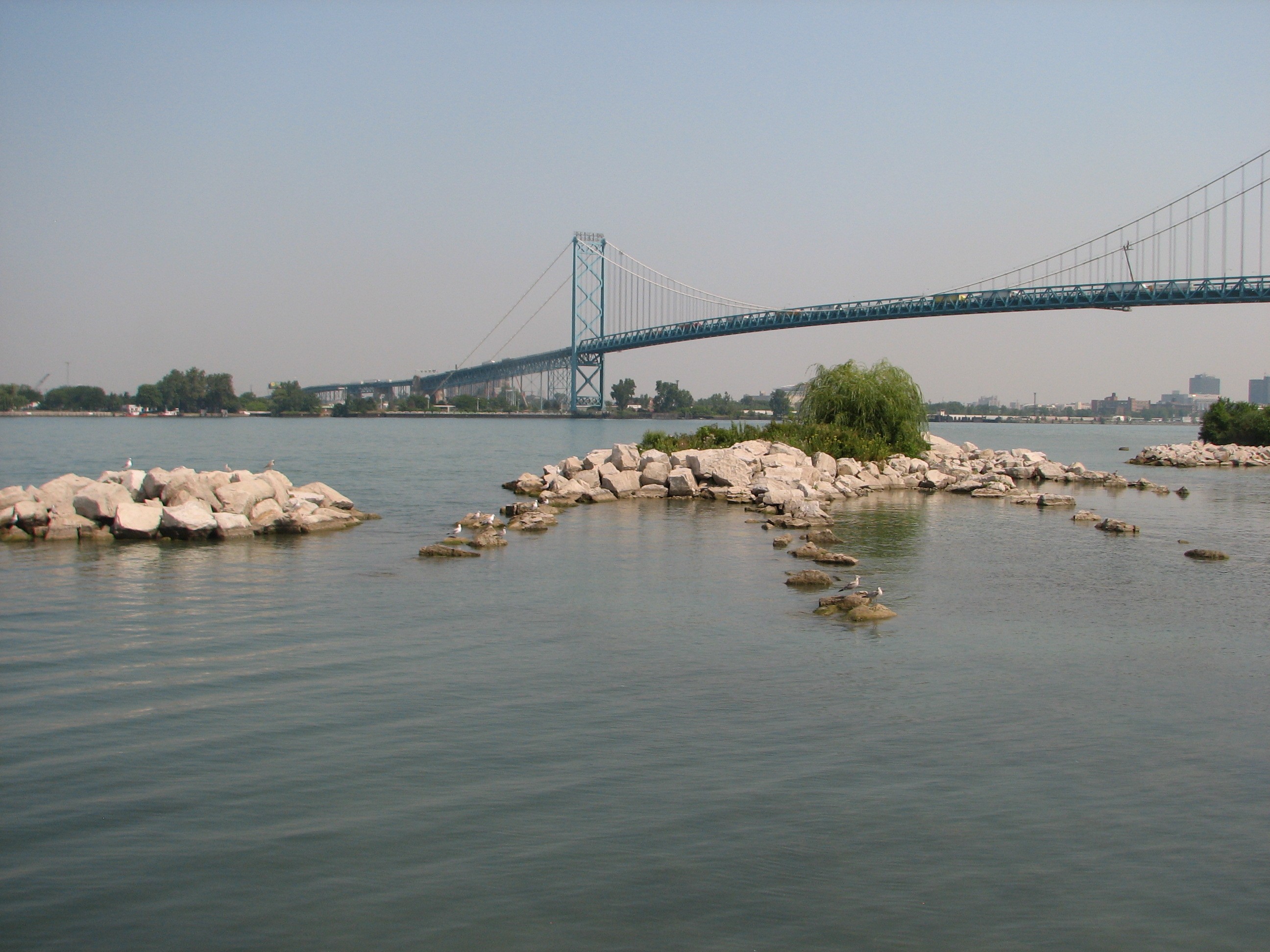
The government partnerships with the Detroit River Canadian Cleanup include the City of Windsor, the Towns of LaSalle and Amherstburg, the Ontario Ministry of the Environment, Conservation and Parks (MECP), Environment and Climate Change Canada, and the Ministry of Natural Resources.
Infrastructure Investments:
- The Lou Romano Water Reclamation Plant went through a $110-million expansion that added secondary treatment using cutting-edge technology such as Biological Activated Filter (BAF) process and Ultraviolet Disinfection.
- The City of Windsor has invested in an underground retention treatment basin (RTB), completed in 2012, which captures flows from interceptor chambers east of Caron Avenue to reduce combined sewer overflow discharges to the Detroit River during wet weather events. The RTB also provides primary treatment during intense storm events.
- The City of Windsor provided funding to replace over 20 kilometres of combined and over/under sewers with separated sewers in 2007 and 2008.
- In 2012, the Parks and Facilities Department began using phosphorus-free fertilizer in parks and sports fields. This limits the amount of phosphorus that may enter our waterways.
Restoration Activities:
- Turkey Creek (Grand Marais Drain) sediment remediation project (2008): The City of Windsor in partnership with Environment and Climate Change Canada, the Ministry of the Environment and Climage Change (MOECC), and Essex Region Conservation Authority have completed drain improvements to remove PCB contaminated sediment/soil and improve the channel to accommodate the 1:100 year storm.
- Sturgeon Spawning reef (2007-2009):
- U.S. and Canadian partners recently announced funding to further the construction of a lake sturgeon-spawning reef at Fighting Island in the Detroit River. Phase 1 of the project (pre-construction assessment) was completed in 2007 with funds from Environment and Climate Change Canada and U.S. Fish and Wildlife Service. Phase 2 (reef construction) was completed in 2008, with funding from a variety of U.S. and Canadian public and private sectors. Post-construction monitoring has shown that lake sturgeon, walleye and lake whitefish are using the reef to spawn.
- Improvements to Peche Island Shoreline
Candidate Natural Heritage Site Study:
- Restoration of 125 acres of habitat at 24 Sites
- $390,000 funding from Great Lakes Sustainability Fund (GLSF) for restoration and water quality enhancement projects
Outreach Activities:
- Rain Barrel pilot program (2008):
- Approximately 250 homes in South Walkerville were provided with the opportunity to receive a free rain barrel, and 121 were installed. The installation of barrels began in June 2008. The aim of the project was to conserve water, reduce runoff into lakes and streams, reduce sewage overflows and protect drinking water.
- Go Natural: Pull, Don't Spray (2007):
- This project was a partnership with the Detroit River Canadian Cleanup (with additional funding from Environment and Climate Change Canada), and the goal was to raise awareness about pesticide issues and to get people thinking about alternatives to pesticide use in their own backyards. Six thousand hand-held dandelion pullers were given away free of charge to local residents during the month of May, along with educational materials encouraging them to consider pulling out a few dandelions rather than spraying their yard with chemical pesticides.
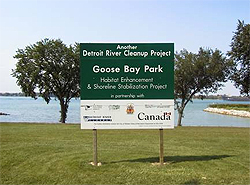
What can you do to help remediate the Detroit River?
Learn more about the other water and wastewater indicators outlined on this website including:
- Combined sewer overflows
- Quality of wastewater
- Amount of wastewater treated
- Amount of water consumed
Become involved with the Detroit River Canadian Cleanup.
Tributary Surface Water Indicator
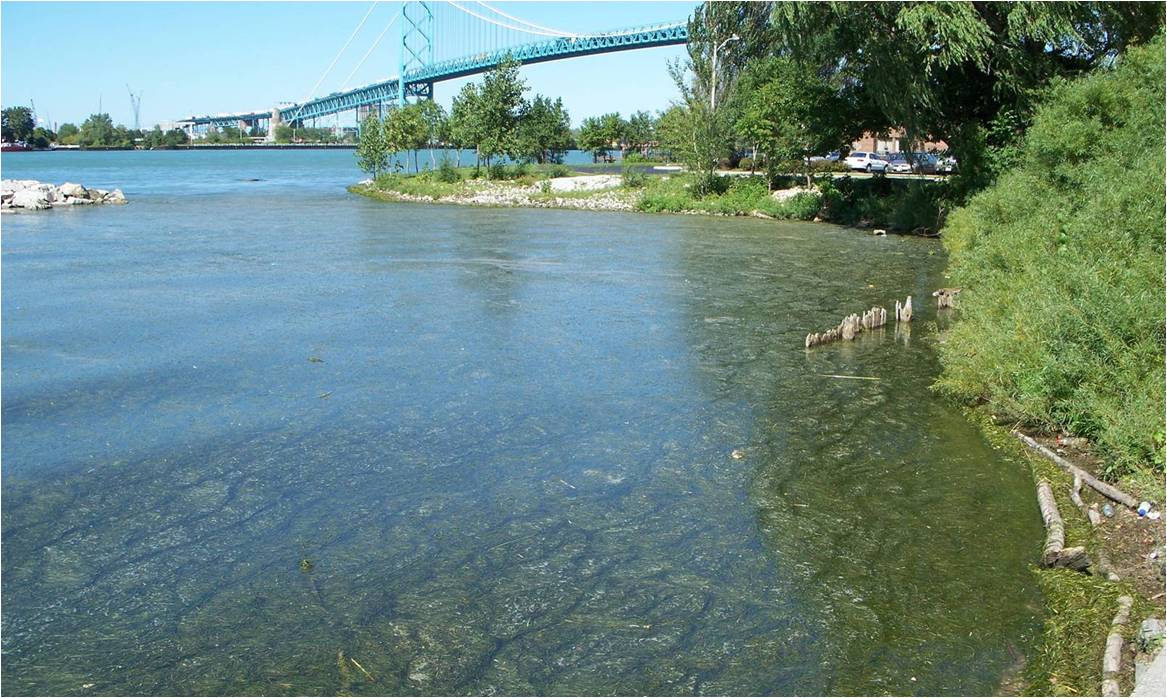
Turkey Creek and Little River are the two major tributaries of the Detroit River within the City of Windsor. Turkey Creek starts just east of Central Avenue, picking up urban stormwater runoff through Windsor before eventually discharging to the Detroit River in LaSalle. Little River originates in the area of Sandwich South, picking up runoff from agricultural land then urban runoff before discharging to the Detroit River east of Lauzon Road.
The Essex Region Conservation Authority monitors the surface water quality of these two tributaries as well as others. One parameter of interest is total phosphorous. Total phosphorus is a nutrient that can become elevated due to urban and rural land uses associated with fertilizer use, pet and wildlife droppings, and faulty septic systems.
Excessive phosphorus in fresh water promotes the growth of algae (see photo above of algae blooms in the Detroit River). When the algae dies, dissolved oxygen in the water is consumed to biodegrade the algae. This process is called eutrophication. Oxygen is required to maintain the ecosystem, when the level of oxygen is reduced due to eutrophication the fragile ecosystem becomes strained. In the 1970s, the Great Lakes were referred to as dead, due to eutrophication. At this time, several initiatives were undertaken to reduce the phosphorus loading to the Great Lakes (e.g. phosphorus free laundry detergents). The Great Lakes have shown great improvements, but more needs to be done.
How are we doing?
.png)
The average total phosphorus concentration has stayed under 0.3 mg/L (milligrams per litre) in the Little River tributary and in the Turkey Creek tributary. The average total phosphorus concentration in both tributaries is well above the Provincial Water Quality Objective for the Protection of Aquatic Life.
What is the City of Windsor doing to help improve tributary surface water quality?
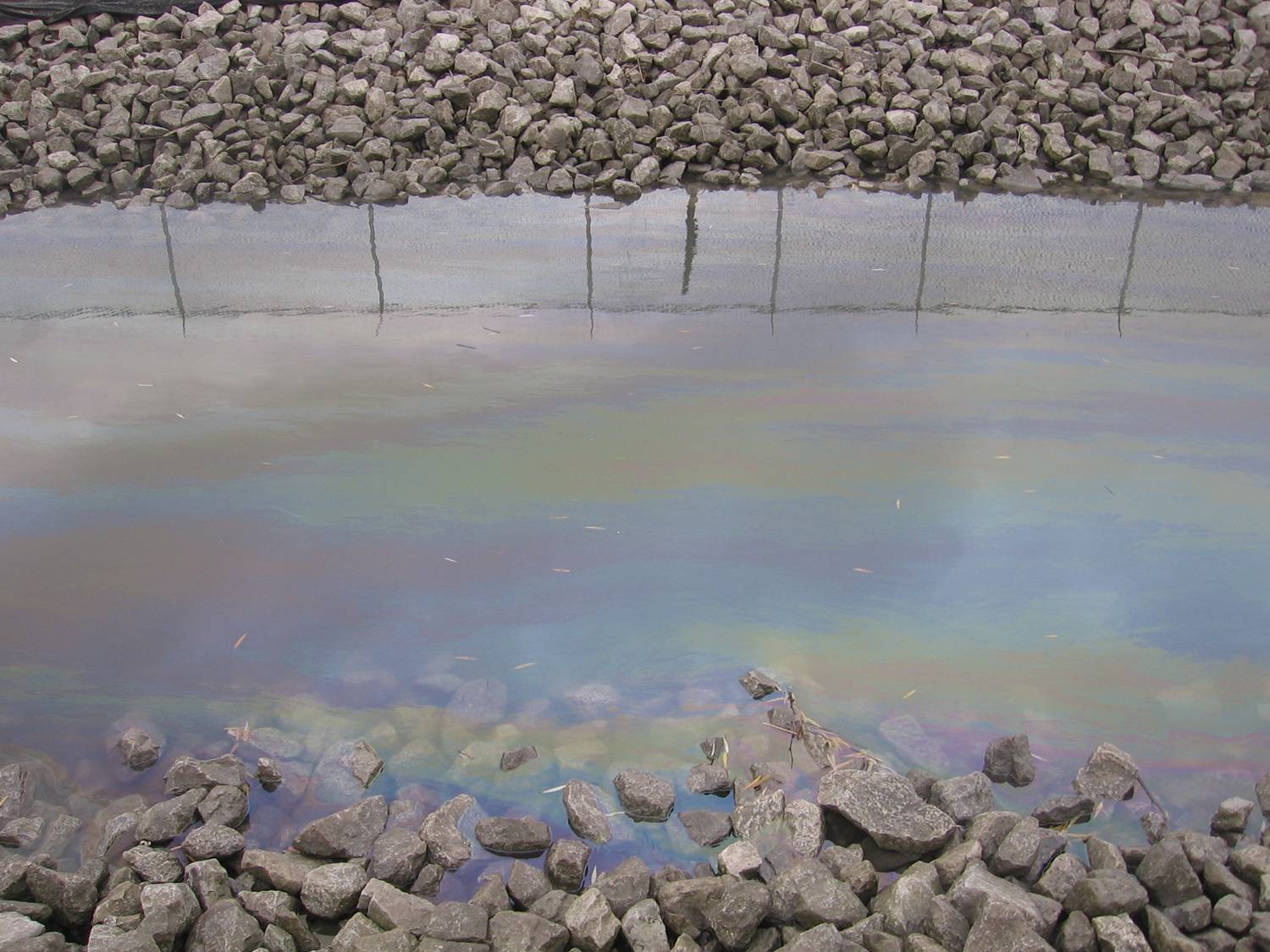
Many of the activities listed in the Detroit River Quality Indicator will also address the issues with the tributaries.
What can you do to help improve tributary surface water quality?
- Become involved with the Detroit River Canadian Cleanup or Friends of Little River or Turkey Creek.
- Remember that water entering a catch basin does not go to a treatment plant.
- Maintain your vehicle. One drop of oil can contaminate 25 litres of water. (See picture to the right of oil floating on surface of local watercourse.)
- Minimize or eliminate the use of pesticides for cosmetic purposes. Pesticides can upset the balance of a sensitive ecosystem. It is estimated that 60 to 90 percent of pesticides and fertilizers applied to lawns run off into our sewers discharging into our local watercourses.
- Use compost in place of commercial fertilizers.
- Use only the recommended rates when applying fertilizer, and avoid using when it is raining. Phosphorus-free fertilizers are available.
- Wash you car on the lawn, or better yet take it to a commercial car wash where the wastewater is sent for treatment.
- Sweep your driveway instead of washing it.
- Reduce the use of household chemicals.
